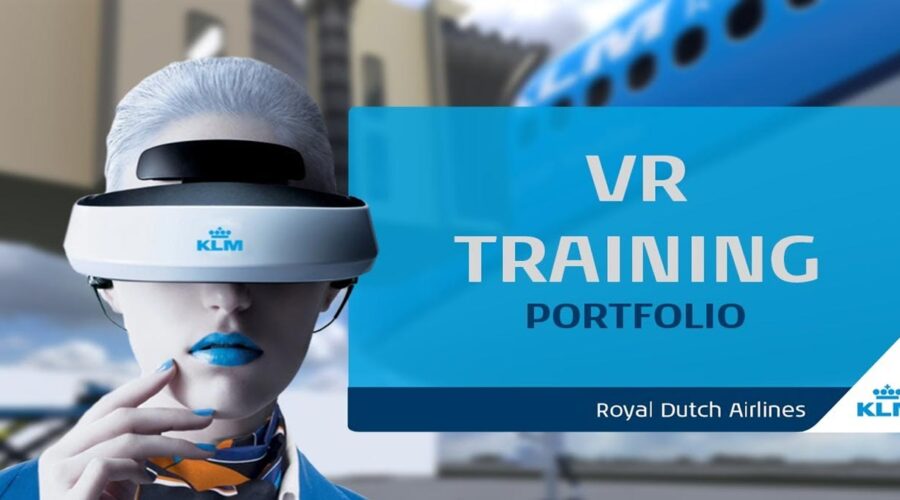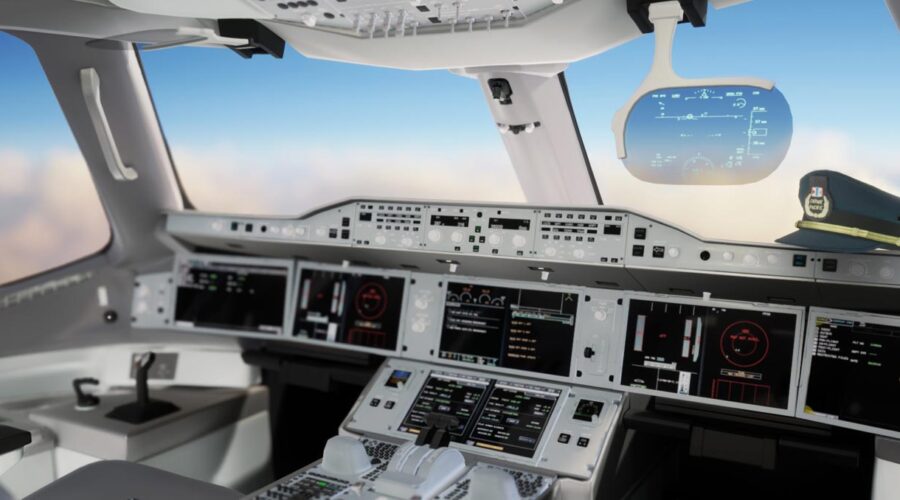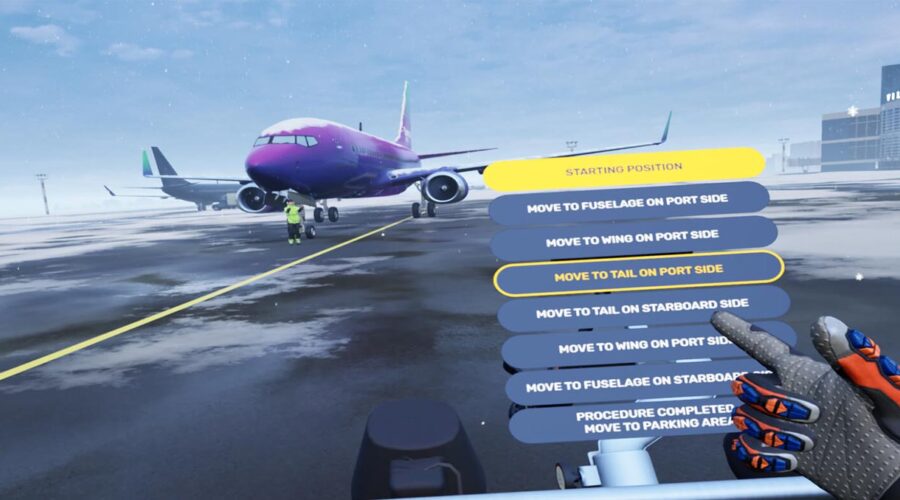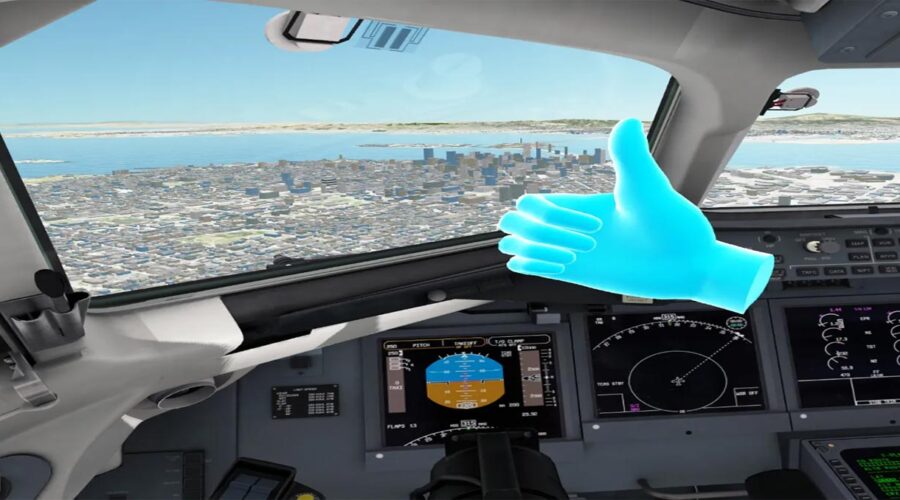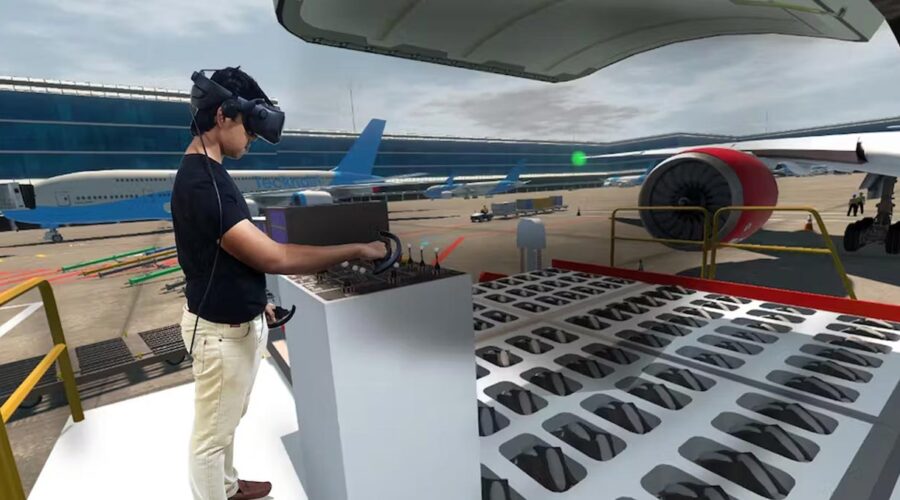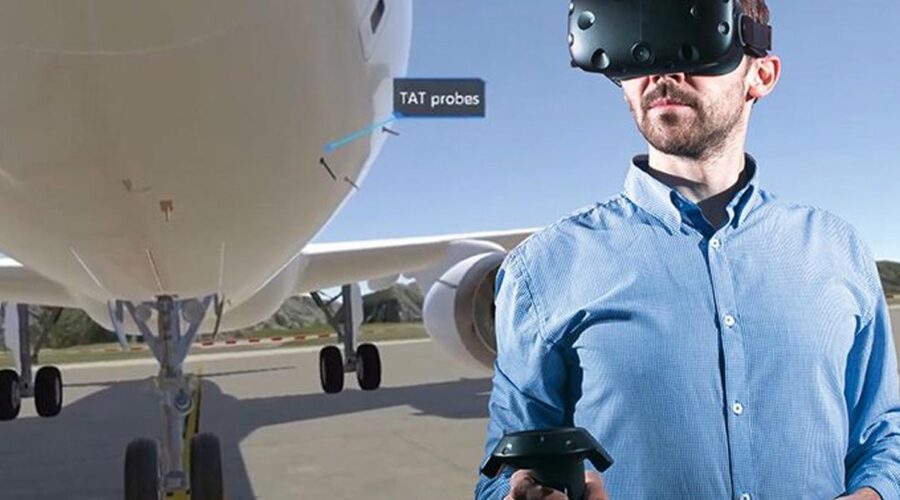Virtual Onboarding by Using Virtual Reality in Aviation
In this blog post, we will explore the remarkable benefits of virtual reality onboarding in the aviation industry, highlighting how this immersive technology enhances training effectiveness, improves safety awareness, and facilitates seamless integration. Virtual reality onboarding provides aviation professionals with realistic and immersive training environments that closely replicate real-life aviation settings. Safety is paramount in the aviation industry, and virtual reality onboarding allows new hires to receive comprehensive safety training.

